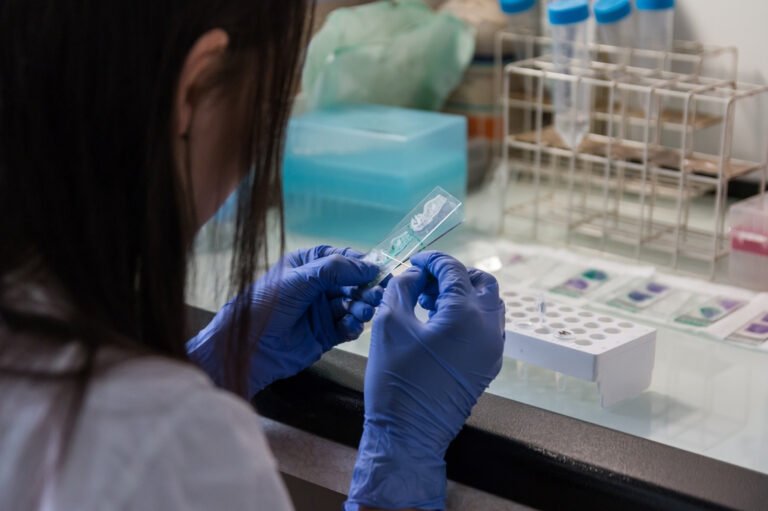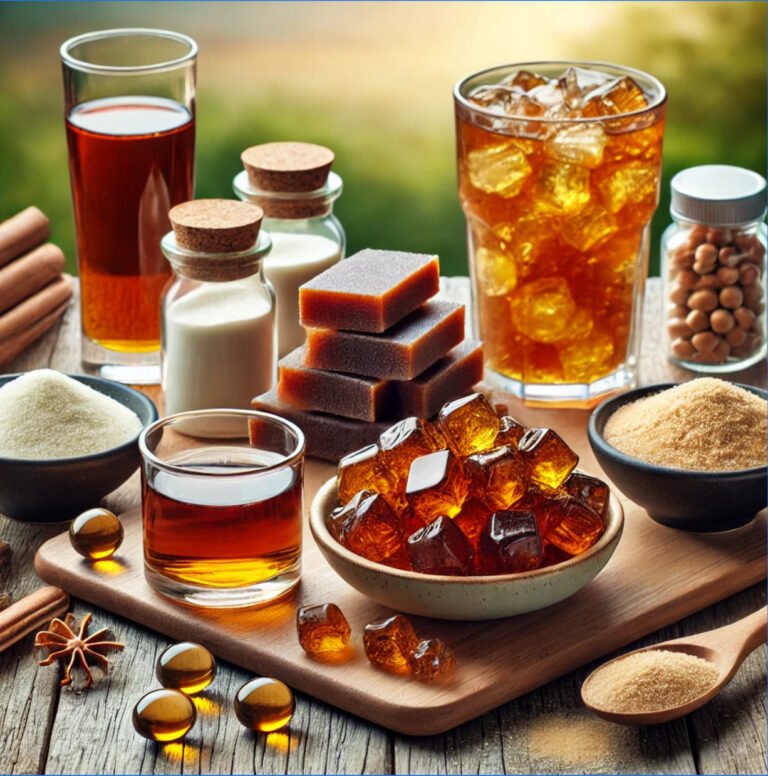how do drugs or medicine affect the body?
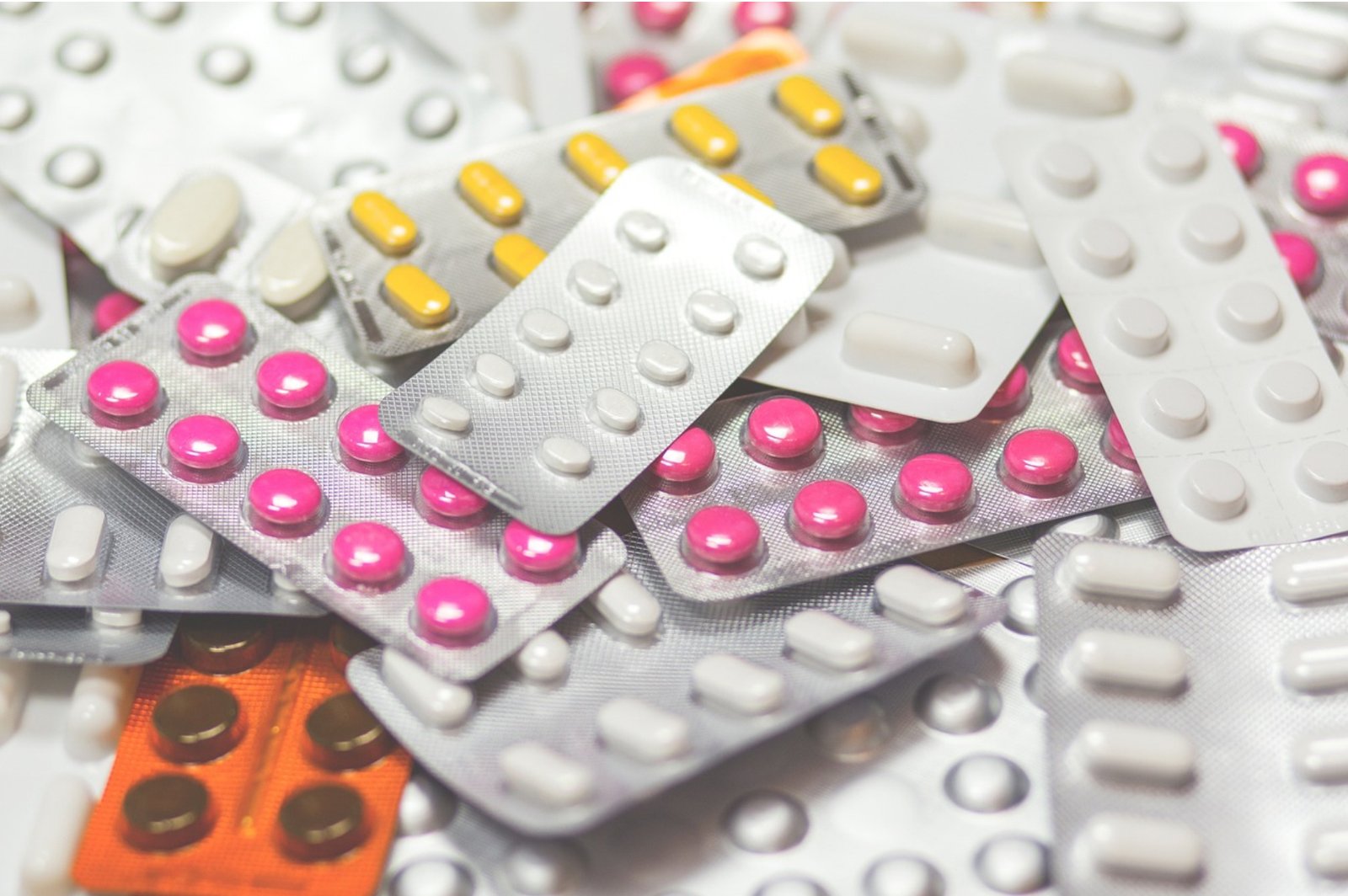

Introduction
Anyone would wonder, where do all these drugs or medications go in the human body? How does it reach the target body part? How does it work on the goal cite? How this medication actually affects the pain or sickness in the body?
Too many questions and wonder about medications, how does it work, and how the body handle such thing.
Here, in this article, you can read about the following:
How does medicine reach the target body part?
The medicine travels from the administration site such as the mouth, skin, veins, or muscles to the body’s blood circulatory system. The blood circulatory system is the cardiovascular system which consists of two connected circulatory systems in the body:
- The pulmonary (lungs) circulation
- The systemic circulation

The pulmonary (lungs) circulation is where the fresh oxygen (O2) enters the blood when the person breathes, and, where the carbon dioxide (CO2) exits the blood. Systemic circulation is where the blood is delivered to all the cells, tissues, and organs in the body.
The blood carries fresh oxygen and other nutrients from food, as well as other substances (ingredients) from drugs in one route which entered the body. While on the other route, the blood carries the broken-down (metabolized) substances from food and drugs to exit the body.
In order for drugs or medicine to enter the bloodstream, they are administered in various methods. Such methods can be direct or indirect. The ultimate goal is to deliver the drug or medicine to the target cells, tissues, or organs.
The various methods to administer the drugs and medicine are as follows:
- By mouth (oral) by consuming or chewing tablets, taking capsules, or feeding tubes
- Through muscles, the intramuscular route (IM) such as getting a shot in the arm
- Through the skin, through the subcutaneous layer of the skin (SQ) such as injecting insulin or any other medicine under the skin or tropical by applying ointment or cream on the rectum, vaginal, or eyes
- By veins, intravenous route (IV) such as taking chemotherapy or drugs through veins
- By skin (transdermal) such as taking medication by wearing a skin patch or applying ointments and oils
- Inhaled by the lungs
How and why do side effects from drugs happen?
The bloodstream counts as the main vehicle to transport nutrients from food and to transport drugs all over the body. When the drug reaches the bloodstream, medicine is transported to the target cell in the body. Unfortunately, delivering the medicine to the goal site is not always a perfect process. because, most often, taking medication can be accompanied by different side effects.
For example, sometimes the patient encounters pain in the stomach due to a sensitive stomach or ulcer when taking pain relief, Or, taking too many medications. This happens especially when taking too many over-the-counter drugs or medicine.
Another example of side effects is when taking too many medications which would accumulate in the liver to be toxified and cause damage to the liver.
Also, in some cases, the drug might affect different sites rather than the actual goal site. For example, there are sometimes protein or cholesterol particles circulating in the blood which might cross the way of the drugs or medicine.
Other side effects largely happen when taking medication designed to work on the nervous system and damage other sites as well. Such medication is different than other medicine because it is designed to be stronger in order to cross the blood-brain barrier. In the human body, the blood-brain barrier is difficult for drugs to pass because this barrier normally protects the brain from harmful substances such as poisons and viruses.
What are the routes of drugs and medicine in the body?
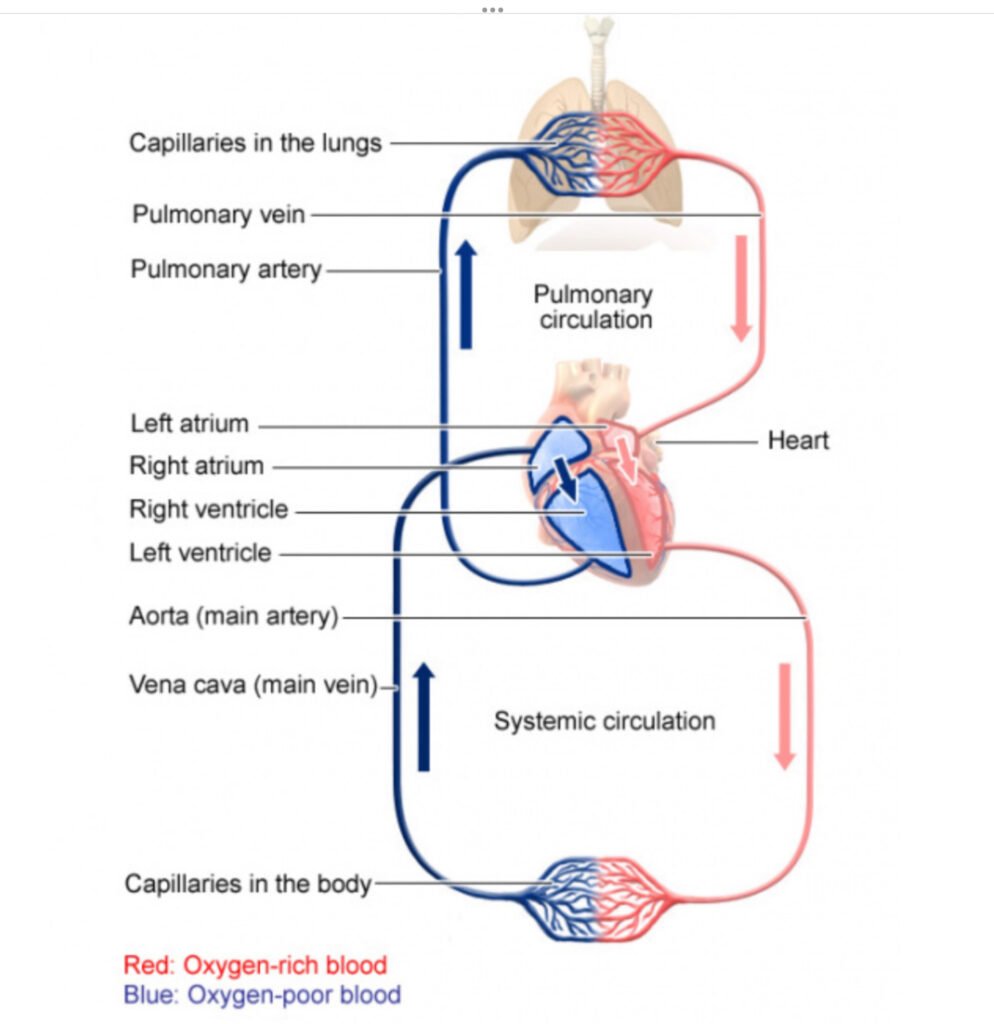
When the drugs or medicine enter the body’s circulatory system and reach the blood, this stage is the absorption stage. After it got absorbed, the blood delivers it to the intended cell, tissue, or organ. “drug absorption is defined as the transportation of the unmetabolized drug from the site of administration to the body circulation system” (Alagga & Gupta).
After the drugs or medicine got absorbed and delivered by the blood to the target site, they take another route to get broken down (metabolized) in order to make it less chemically active in the body.
Blood circulation carried such drugs or medicine to the liver. The liver is the main organ in the body to metabolize (break down) any kind of substance (thing) entering the body such as food or drugs. The liver process this food or drug entry, cutting them down and changing their chemical structures by transformation enzymes (special proteins) to ease their exit from the body.
After metabolization, the drugs or medicine exit the body through feces or urine depending on whether these medications are fat-soluble or water-soluble. Therefore, the water-soluble medication exits the body by urine. And, the fat-soluble medication exits the body by feces.
Does the body store left or excess drugs or medicine? How do they exit the body?
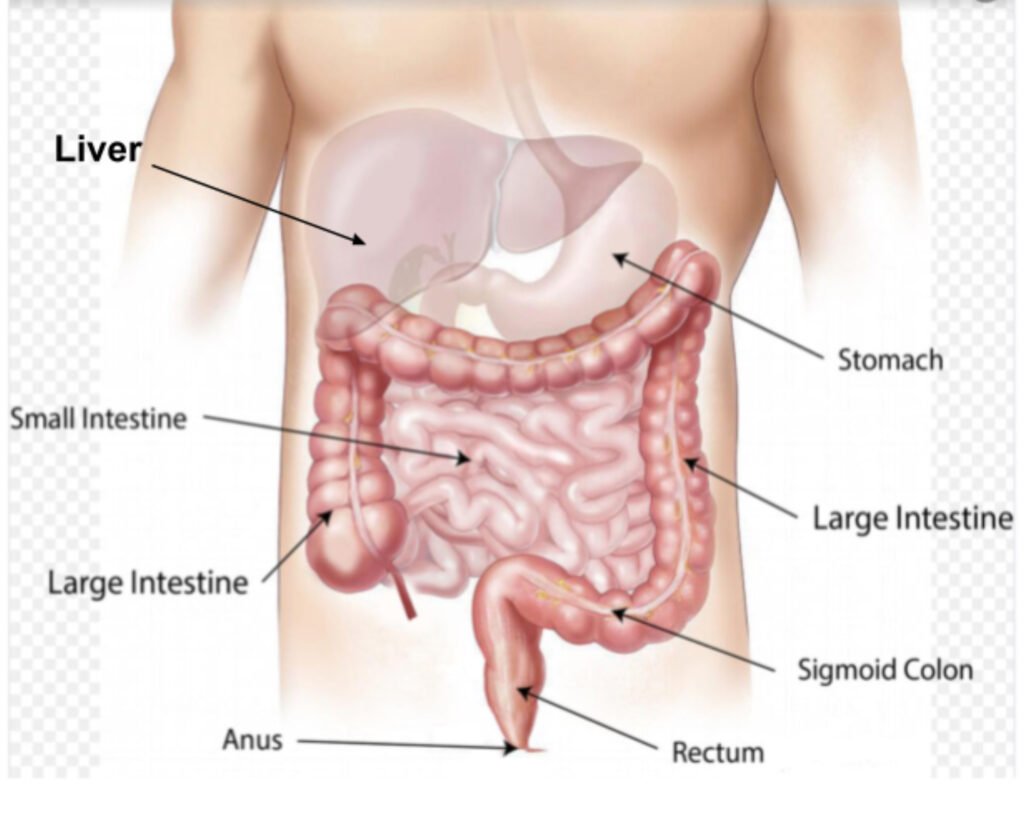
As stated above, the liver has special proteins called enzymes responsible for transforming drugs into less chemically active material. The kidney is responsible for exiting the water-soluble drugs or medicine with urine. While the fat-soluble drugs or medicine exit the body with feces.
The doctors usually use feces or urine to measure the amount of medicine excreted to check the validity of the medicine and see how much of this medicine actually reached the desired cells or organs. The doctors also can adjust the doses of the medicine given to the patient when they examine the feces or the urine as well as the blood. In some cases, when the doctors notice that the medicine that is eliminated from the body is relatively high or eliminated more quickly than normal they increase the medicine doses as well (Davis, 2014)
References
Alagga, A. A., & Gupta, V. (n.d.). Drug absorption – statpearls – NCBI bookshelf. Retrieved January 28, 2023, from https://www.ncbi.nlm.nih.gov/books/NBK557405/ —— (Alagga & Gupta)
Davis, A. (2014, May 1). A Medicine’s life inside the body. National Institute of General Medical Sciences. Retrieved January 22, 2023, from https://www.nigms.nih.gov/education/Inside-Life-Science/Pages/a-medicines-life-inside-the-body.aspx ——- (Davis, 2014)
Drug absorption – statpearls – NCBI bookshelf. (n.d.). Retrieved January 28, 2023, from https://www.ncbi.nlm.nih.gov/books/NBK557405/
How does the Blood Circulatory System Work? – NCBI bookshelf. (n.d.). Retrieved January 30, 2023, from https://www.ncbi.nlm.nih.gov/books/NBK279250/ —– ()Team, P. E., & online, buy cenforce 200 mg. (2023, January 16). Difference between drug and medicine. PharmaEducation. Retrieved January 30, 2023, from https://pharmaeducation.net/drug-vs-medicine/










